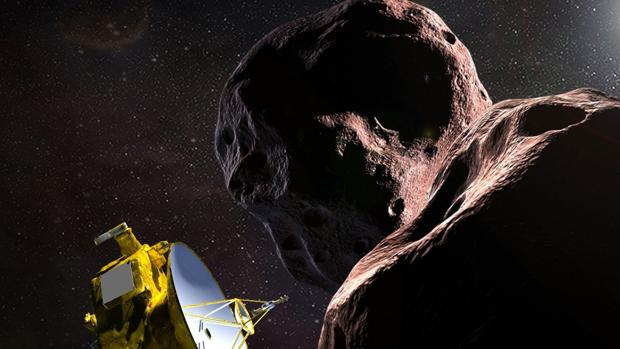Science News Roundup: China 'lifts mysterious veil' by landing probe on far side of moon

Following is a summary of current science news briefs.
NASA space probe 'phones home' in landmark mission to solar system's edge
NASA's New Horizons explorer successfully "phoned home" on Tuesday after a journey to the most distant world ever explored by humankind, a frozen rock at the edge of the solar system that scientists hope will uncover secrets to its creation. The nuclear-powered space probe has traveled 4 billion miles (6.4 billion km) to come within 2,200 miles (3,540 km) of Ultima Thule, an apparently peanut-shaped, 20-mile-long (32-km-long) space rock in the uncharted heart of the Kuiper Belt. The belt is a ring of icy celestial bodies just outside Neptune's orbit.
China 'lifts mysterious veil' by landing probe on far side of the moon
A Chinese space probe successfully touched down on the far side of the moon on Thursday, China's space agency said, hailing the event as a historic first and a major achievement for the country's space program. The Chang'e-4 lunar probe, launched in December, made the "soft landing" at 0226 GMT and transmitted the first-ever "close range" image of the far side of the moon, the China National Space Administration said.
After historic flyby, New Horizons probe treks deeper on hunt for moons
After studying a space rock some 4 billion miles (6.4 billion km) from Earth, NASA's New Horizons spacecraft set off on a new hunt for moons in the solar system's most distant edge, searching for clues on our solar family's creation, scientists said on Thursday. The piano-sized probe is traveling deep into the ring of celestial bodies known as the Kuiper Belt looking for small, icy moons that spun off the snowman-shaped Ultima Thule formation, a pair of icy space rocks that fused in orbit billions of years ago.
(With inputs from agencies.)
ALSO READ
Hartek Power bags Rs 474 cr order for solar project
From sci-fi to sky-high: NASA's next-gen solar sail set to take flight
India-born researcher led NASA's sounding rockets mission during solar eclipse
INSIGHT-Losing hope of rescue, some European solar firms head to US
INSIGHT-Losing hope of rescue, some European solar firms head to US










